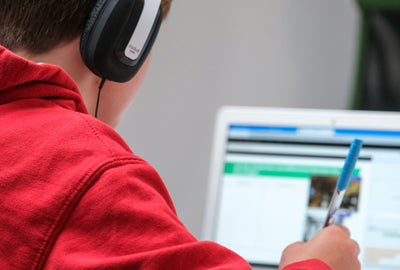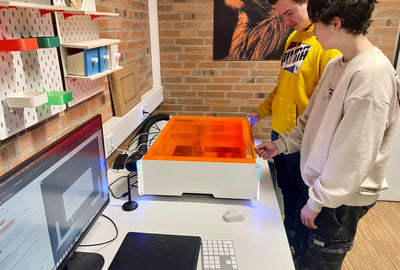Creative ideas for art classes give you as a teacher the chance to inspire and motivate students of all ages with fresh and innovative approaches. By integrating unusual art techniques, materials and media into the classroom, you can encourage creativity as well as critical thinking in young people. Different ideas can be considered for theme-centered art projects in art classes in elementary school. In addition, integrated technology opens up interesting opportunities for projects in the classroom.
Introduction to creative art projects with ideas for art classes
As soon as you plan creative art projects with art class ideas as a teacher , varied art styles and art periods are a potential source of inspiration. Romanticism and Expressionism, for example, can be particularly inspiring because these styles embody exciting and diverse changes in society. Alternatively, periods such as Baroque and Gothic are suitable for addressing popular forms of architecture in art classes. In addition, the following art periods and art styles are an interesting option for creative school projects:
- Impressionism: Introduction to Modernism
- Surrealism: Dream worlds as a statement against rigid thought structures
- Symbolism: Focus on fantasy and mythology
- Pop Art: Comics as a popular and motivating topic for students
Interdisciplinary projects give you the chance to combine ideas for art lessons with other subject areas such as history, literature and science. This way, you can inspire the right motivation in students who enjoy other subjects by using the right topics.
Combine art and history
If you want to encourage greater interest in art and history in school lessons, historical architecture in art lessons offers a wide range of starting points. Legends and myths can also be a very attractive project topic. In an interdisciplinary project, a potential task could be to depict fascinating historical figures artistically. When implementing such ideas for art lessons, students use art to represent the character of a legendary hero or villain from history. At the end of such projects, interesting discussions arise about the depictions with a reference to historical facts.
If you want to create a link to literature with ideas for art classes, literary themes and motifs can be incorporated into works of art in interdisciplinary projects. Books in which the author describes the locations in great detail are particularly suitable for this. Young people often find it an inspiring task to bring the described places to life with their imagination in their own drawings and other art. This often inspires students' motivation even in primary school art classes.
While you want to incorporate science in an interdisciplinary manner with art projects in school lessons, for example, the relationship between people and the technology being researched can be the focus of projects. With creative drawings, students should then also be encouraged to process their thoughts and impressions of technological advances in the field of science artistically through ideas for art lessons. An alternative approach to connecting art and science is to use diagrams and charts with scientific data, which are a potential template for works of art.
Techniques and materials for art in creative education
Before you develop creative ideas for art classes, you must first teach the basics of the following techniques:
- Drawing: applied points and lines with pointed drawing tools
- Painting: wide and mostly colored pictures with brushes
- Sculpture: production of shaped sculptures or modelled plastic works
- Printing techniques: mirror-inverted incorporation of an image into printing blocks
- digital art: creating drawings, paintings and other works of art using PC software
Upcycling in art classes

By using unconventional materials, you have the opportunity to make art lessons at secondary schools or even at primary schools particularly exciting using unusual techniques. An interesting tip for this is old CDs and DVDs. In most homes, your students will probably still find these old data storage devices, which have often become unreadable and useless over time. With creative ideas for art lessons, you can, for example, have different materials woven into the DVDs or CDs.
You can also inspire students with unconventional projects by having them paint, cut up and reassemble PET bottles. This makes it possible to implement a wide variety of art ideas. A very interesting example is mobiles made from PET bottles.
If ideas for art lessons are based on recycled materials, you can also raise environmental awareness in a school class. Upcycling has become a very popular trend. You can combine wallpaper scraps, corks and bottle caps, as well as aluminum foil or corrugated cardboard. Ice cream sticks, straws and various packaging can also be used as waste in school art projects. With such materials, students have the chance to put together fascinating community reliefs.
Of course, you have to give your students important safety instructions when dealing with sharp and angular work materials and dangerous tools. For example, cut recycled materials should often only be touched with safe gloves. Sometimes safety glasses and other protective equipment are also recommended for unusual ideas for art lessons. Before starting an art project with potential sources of danger, a comprehensive safety instruction is essential at school.
Theme-centered art projects for secondary schools or primary schools in art classes
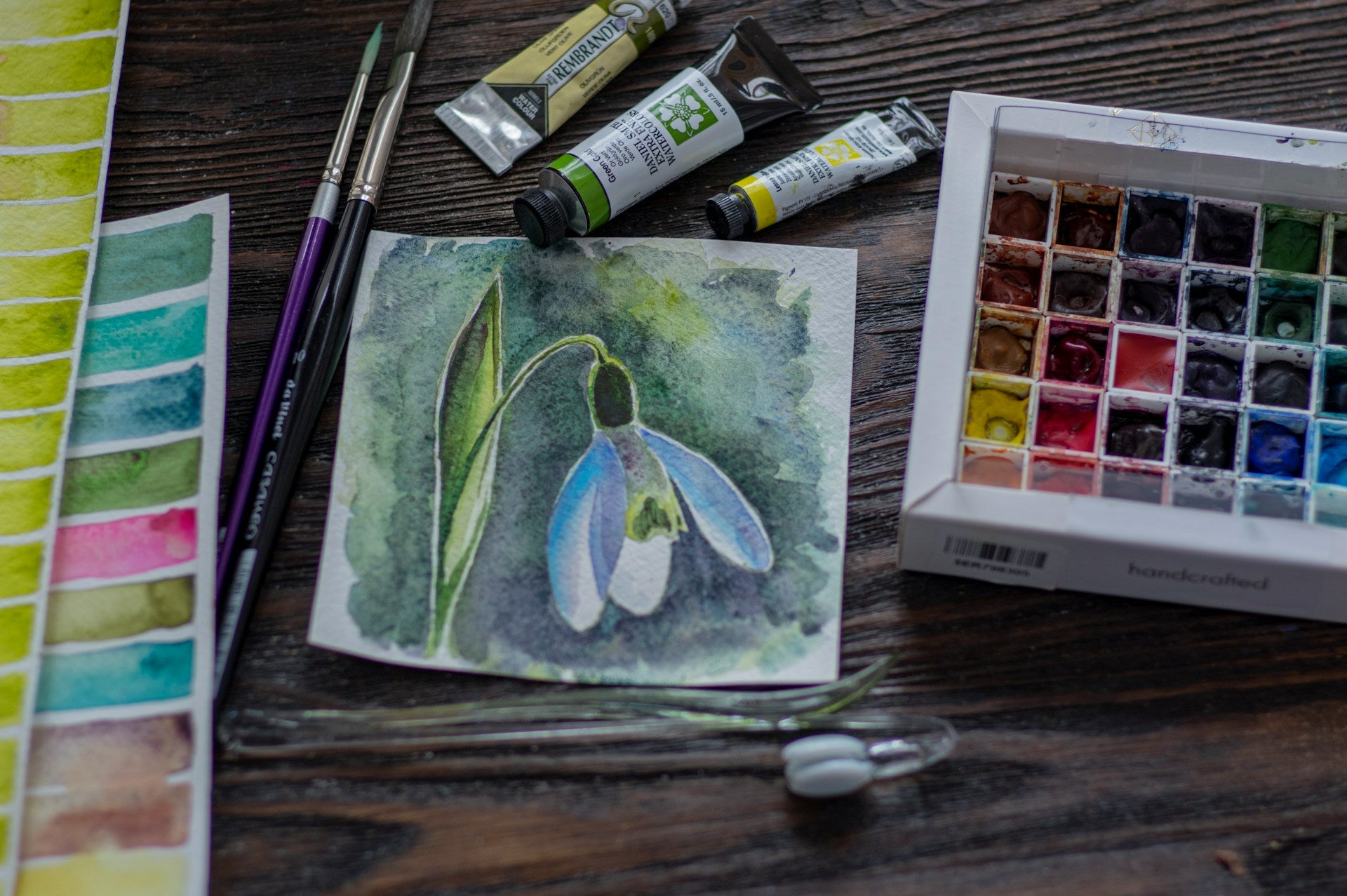
If you want to make art lessons in secondary or primary schools more exciting with specific topics, nature offers a variety of starting points for theme-centered art projects. On a nature trip, you can let students choose individual motifs for this. If you really want to teach children and young people how to draw realistically, regular lessons in a wooded area near the school are attractive ideas for art lessons. Then you can use drawing projects to show students how three-dimensional objects on a surface can be translated into a two-dimensional representation with lines and surfaces.
Thinking further about portraits
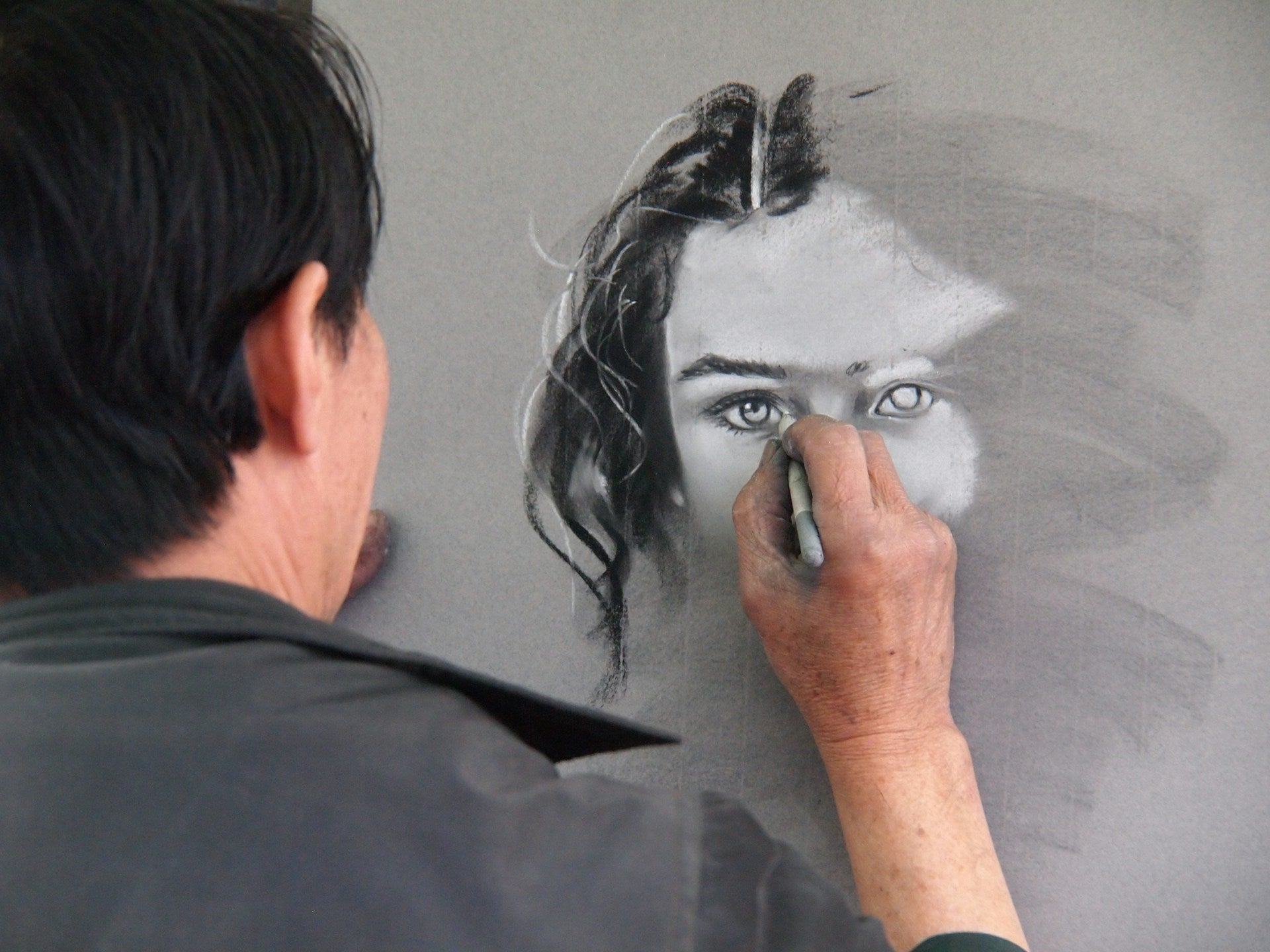
If your theme-based art project focuses on portraits, unusual projects allow you to make painting or drawing just the first step. For example, imaginative art class ideas allow you to have students cut out portrait drawings and then glue them to construction paper. At the end, students can use felt-tip pens to add inspiring Zentangle patterns to the portrait artwork.
If you want to introduce young people at a secondary or primary school to abstract art, the project participants can simply squirt and drip different colors onto canvases with special ideas for art lessons. It is a good idea to give as few instructions as possible. This creates abstract color landscapes with a unique character.
The slightly different idea
If the art projects in class are to focus on social issues, you can have students choose social activists. Then children or young people can use the project topics to artistically portray these heroes and their social commitment. The result will ultimately be a tribute to the selflessness of the social role models.
You can carry out projects to explore cultural diversity and global art traditions using the following steps:
- Dividing students into groups with allocation of a specific culture or region
- Research into the respective art traditions and cultural peculiarities as the first task
- Conducting a presentation and discussion of the research results
- Creating artworks with assigned art traditions and culture as inspiration
- Organisation of an exhibition with explanations from the students about the implemented project ideas
- Promote critical thinking in discussions about the results
Integrating technology with creative ideas in art classes
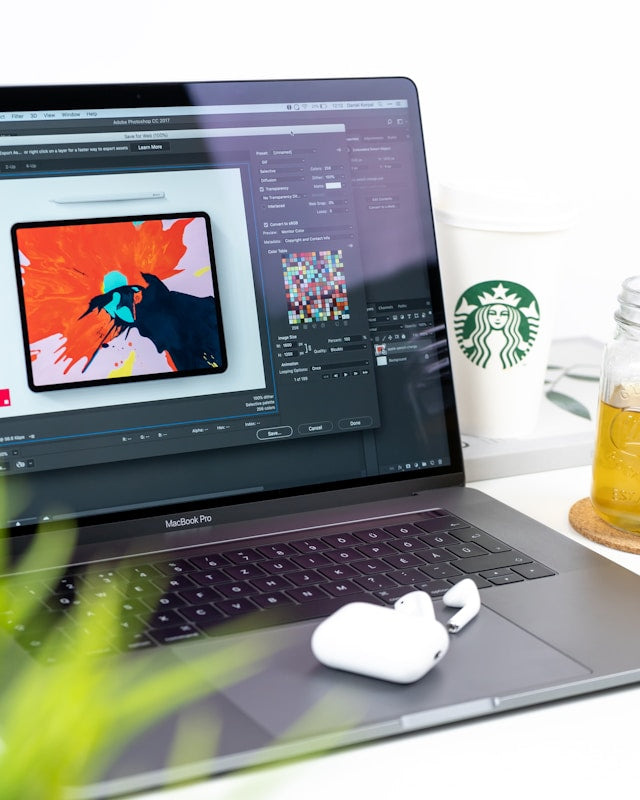
If you want to integrate appropriate technology into art classes at a secondary school or elementary school, apps offer you a wide variety of options. For example, some programs help students create virtual works of art or learn more about art. The following apps are interesting recommendations for this:
- Autodesk SketchBook: Using mobile devices as a virtual drawing board
- PicCollage: quickly create a picture collage
- Imagoras: Exploring the masterpieces of Frankfurt’s Städel Museum
- Art quiz in German: Interesting questions about famous paintings
While you are dealing with architecture in art class, various modeling tools are also interesting digital resources. A wide variety of drawing programs are also recommended. Online galleries also offer your students fascinating inspiration.
If you want to incorporate photography and video art into projects with art class ideas, tasks with transitions are an attractive option. Using video transitions, students can create cinematic works of art with fascinating visual effects and let their creativity run wild. Video programs with color filters, distortions and time-lapse functions also enable interesting projects.
School projects with staged photography also promote motivation. Resistant compositional elements with broken symmetries challenge the strict conformity of a shot. At the same time, you can awaken the creativity of a school class by letting them tell exciting picture stories with photos.
Integrating Mr Beam laser cutters into art classes

With the Mr Beam laser cutter you have the chance to implement unusual ideas for art classes. For example, you can use this useful tool to engrave photos in class. Students can edit the photos beforehand to achieve excellent results. This means that two components can be linked, for example. Ideal for teaching media skills in class. Alternatively, the Mr Beam laser cutter gives you the opportunity to introduce the topic of architecture in an entertaining way in art classes through unique projects. The device can support users while architectural models are being built.
Promoting creativity and critical thinking among students
In order to motivate students to develop their own ideas for art lessons, you should give the school classes a lot of freedom when it comes to projects. By enabling self-directed learning processes and encouraging the expression of individual feelings during the design process, children and young people can develop their own forms of expression. At the same time, it is useful to incorporate a motivating reference to the everyday life of the students into art lessons in secondary schools or primary schools. This makes young people feel personally addressed.
You also support students' critical thinking by actively encouraging them to evaluate works of art. This motivates school classes to engage with art with attention to detail. The following resources are often helpful for presenting and evaluating students' creative work:
- Art diaries with drawings, collages and other depictions of daily experiences
- Portfolios with documented idea development for all design and work processes
- Exhibitions with joint evaluation of the artworks in critical group discussions
Conclusion: Versatile inspiration through ideas for art lessons
By coming up with a variety of ideas for art classes, you can create a diverse mix that motivates and inspires students at the same time, for example with interdisciplinary projects, unconventional materials and a focus on specific topics. You will also benefit significantly from integrating digital resources, video art and imaginative tools such as the Mr Beam laser cutter into your lessons. At the same time, you will promote critical thinking and cultural appreciation by making everyday life as realistic as possible.


